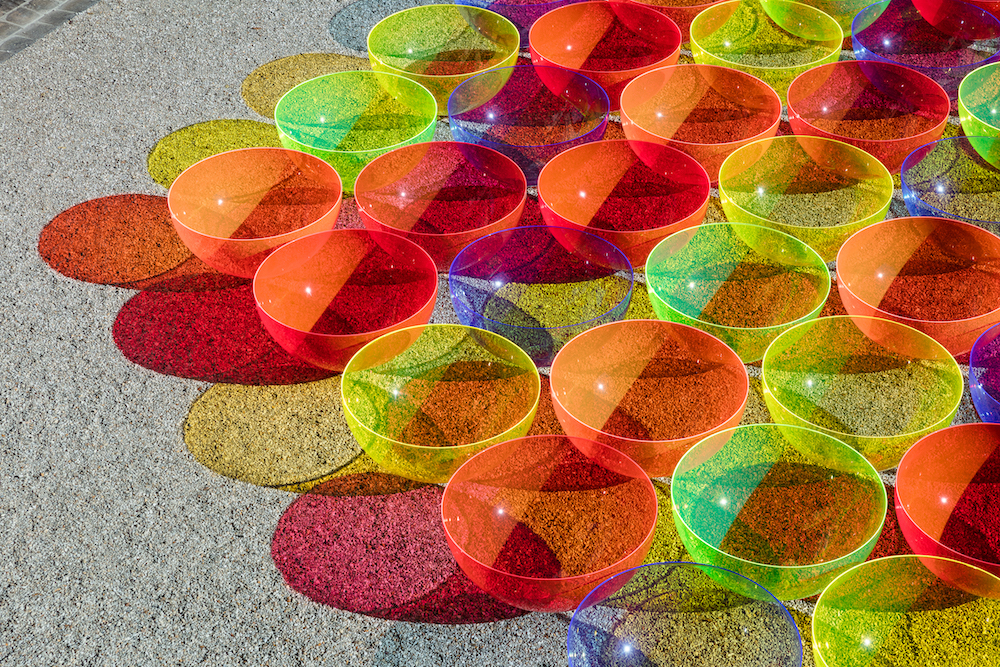Talking Points: What Is Form?
A collection of sources and imagery to explore the question ‘What Is Form?’
Please note that this page contains links to external websites and has videos from external websites embedded. At the time of creating, AccessArt checked all links to ensure content is appropriate for teachers to access. However external websites and videos are updated and that is beyond our control.
Please let us know if you find a 404 link, or if you feel content is no longer appropriate.
We strongly recommend as part of good teaching practice that teachers watch all videos and visit all websites before sharing with a class. On occasion there may be elements of a video you would prefer not to show to your class and it is the teacher’s responsibility to ensure content is appropriate. Many thanks.
*If you are having issues viewing videos it may be due to your schools firewall or your cookie selection. Please check with your IT department.*
This resource is free to access and is not a part of AccessArt membership.


What is Form?
Form can be placed into two categories: implied form and actual form.
Implied Form can be found in a 2D artwork that gives the illusion of form through perspective, shape, tone, line and colour.
Real form is a 3D object that exists in space and time, such as architecture or a sculpture.
All forms are either geometric and organic, whether they are real (3D) or implied (2D). Geometric forms are mathematical objects including cubes, pyramids and spheres. Geometric forms appear man made and can suggest something solid, balanced and permanent. Whereas organic forms look natural. They are irregular and may seem flowing and unpredictable. – BBC
Discuss the artwork below to explore the different types of form.
Implied Form
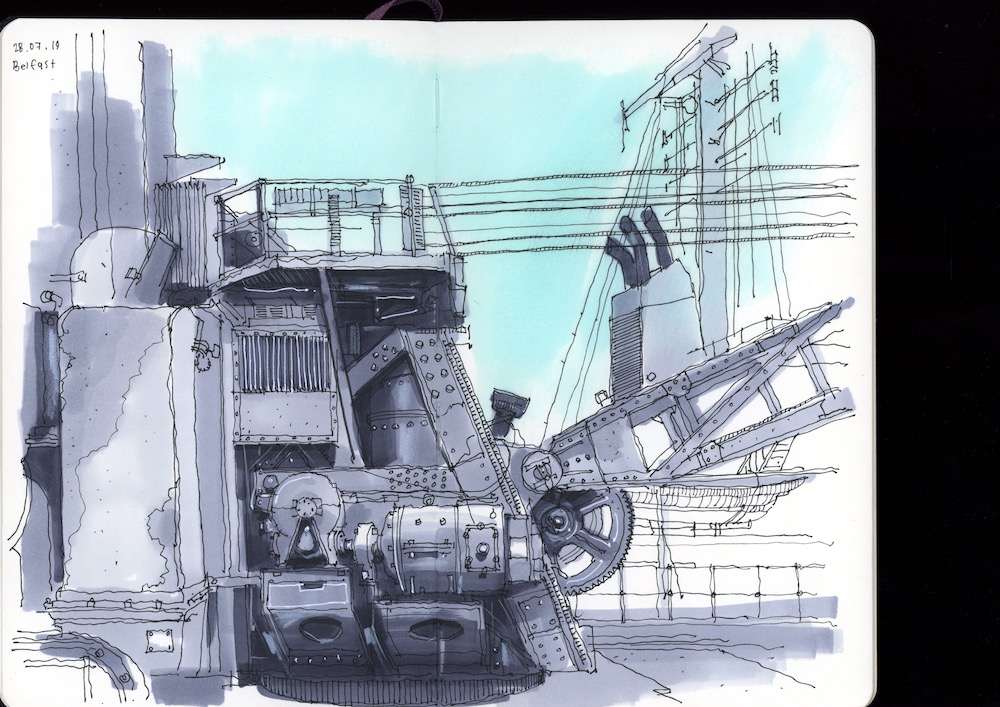
Power Station by Phil Dean
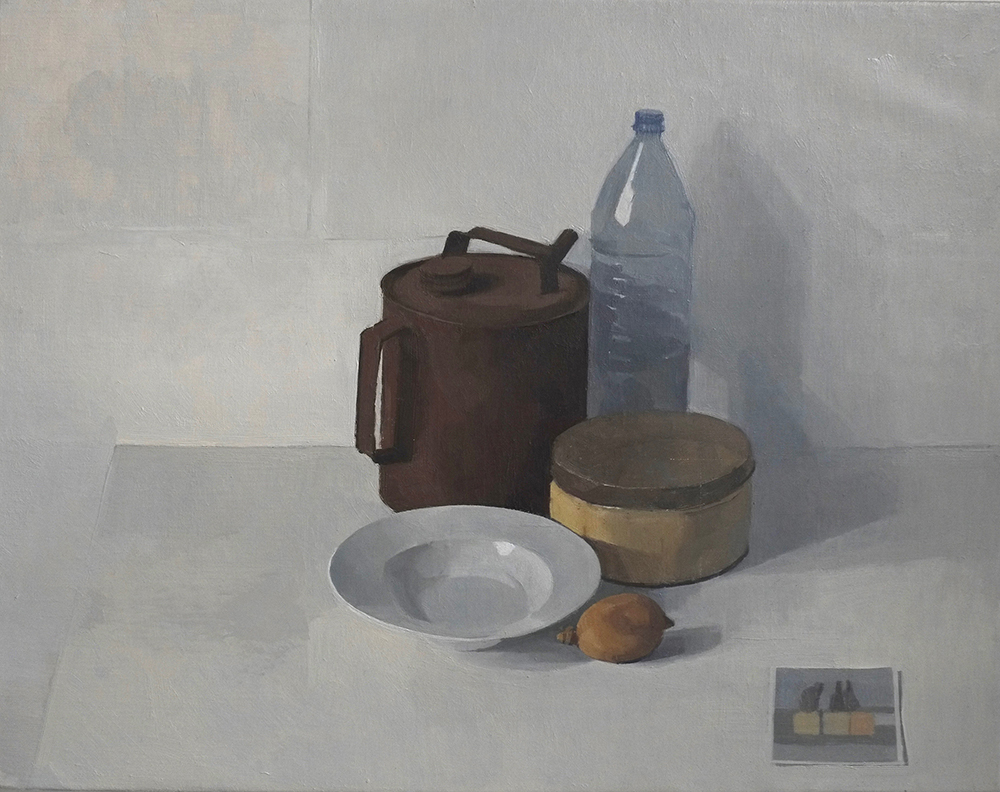
Homage to Morandi by Jason Line
Persische Nachtigallen (Persian Nightingales) (1917) by Paul Klee. Original portrait painting from The Art Institute of Chicago.
Bomber Lair (1940) painting in high resolution by Paul Nash. Original from The Birmingham Museum.
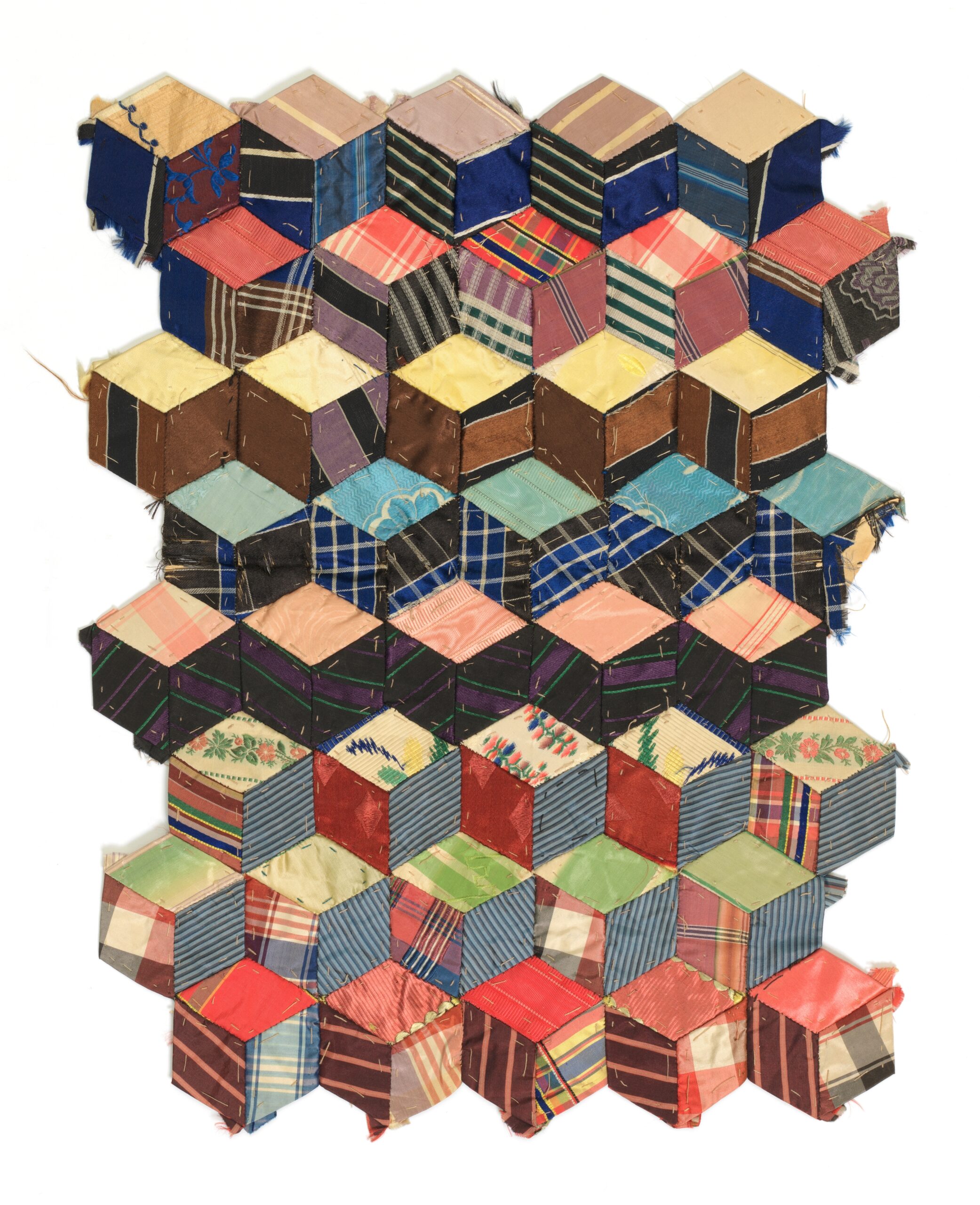
Tumbling Blocks Original public domain image from Smithsonian
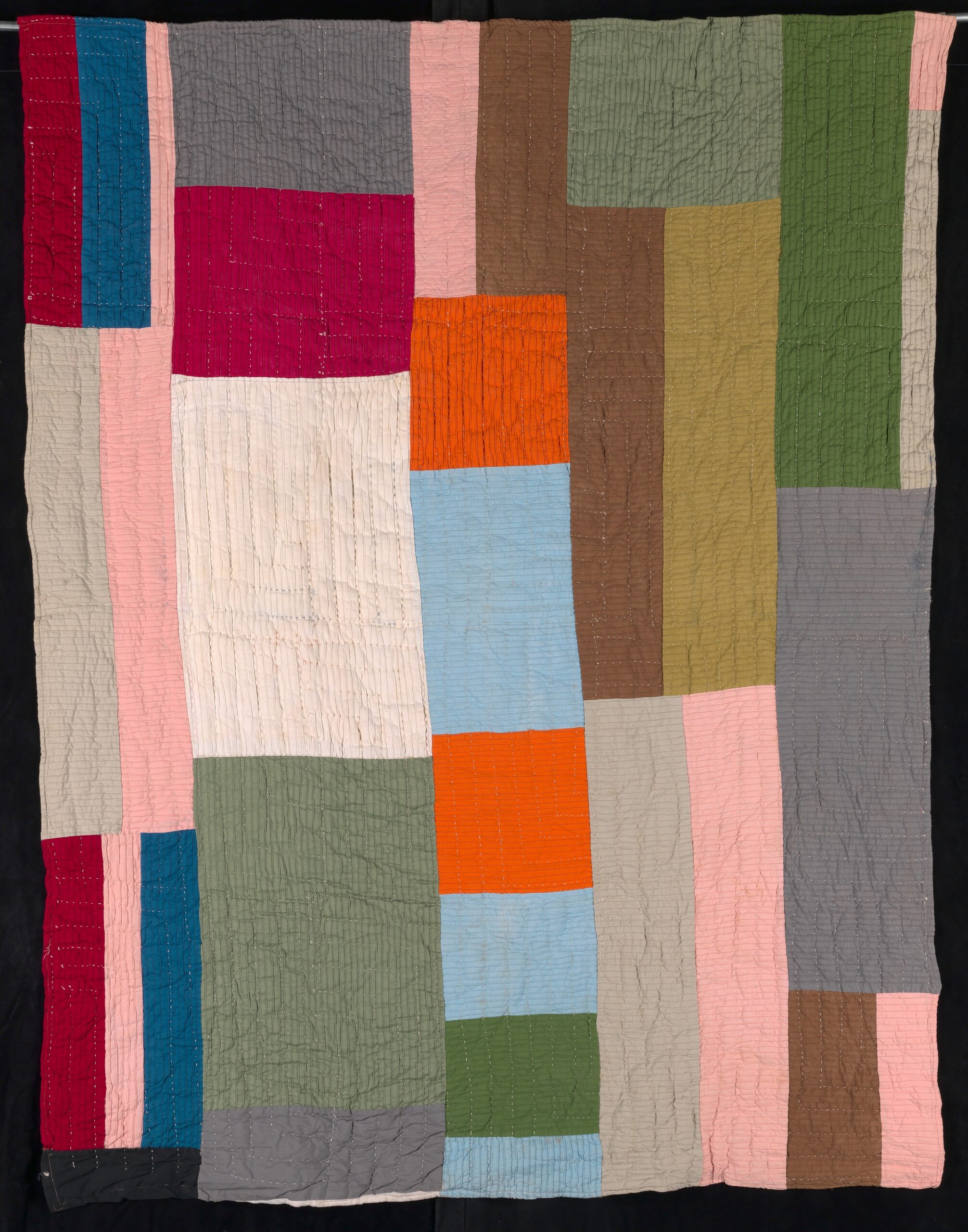
Untitled (Bars and Blocks) Original public domain image from Smithsonian
Questions to Ask Children
Which artworks are made of organic forms? How do you know?
Can you see artworks with geometric forms? How can you tell?
Do any of the images have a combination of geometric and organic forms? Which ones?
Which style of work do you prefer and why?
Does this artwork look heavy or light and why?
How have artists given the illusion of form in this artwork?
Real Form
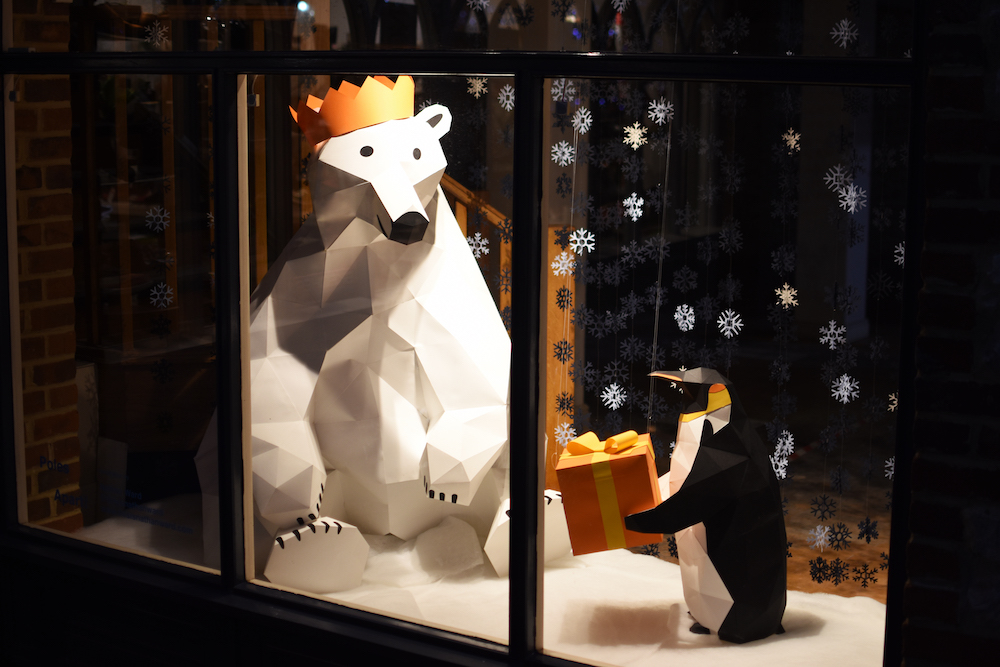
Paper Polar Bear Set by Nathan Ward
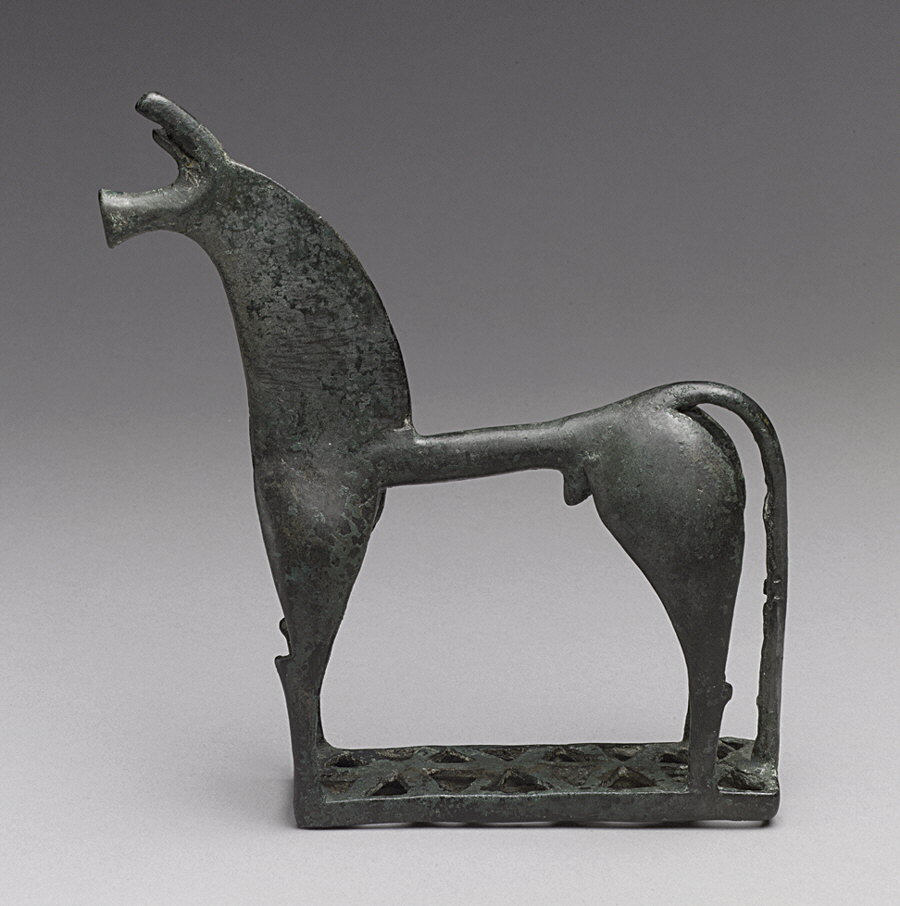
Bronze horse, Greek, Corinthian, MET Museum
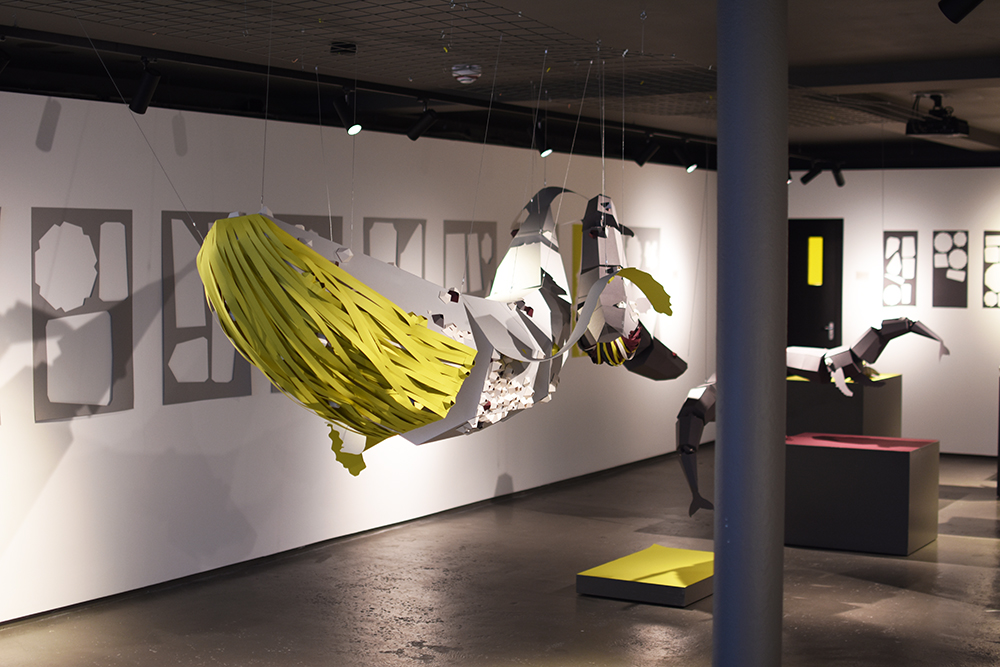
Under Water: paper and movement in G.F Smith’s White Space by Nathan Ward
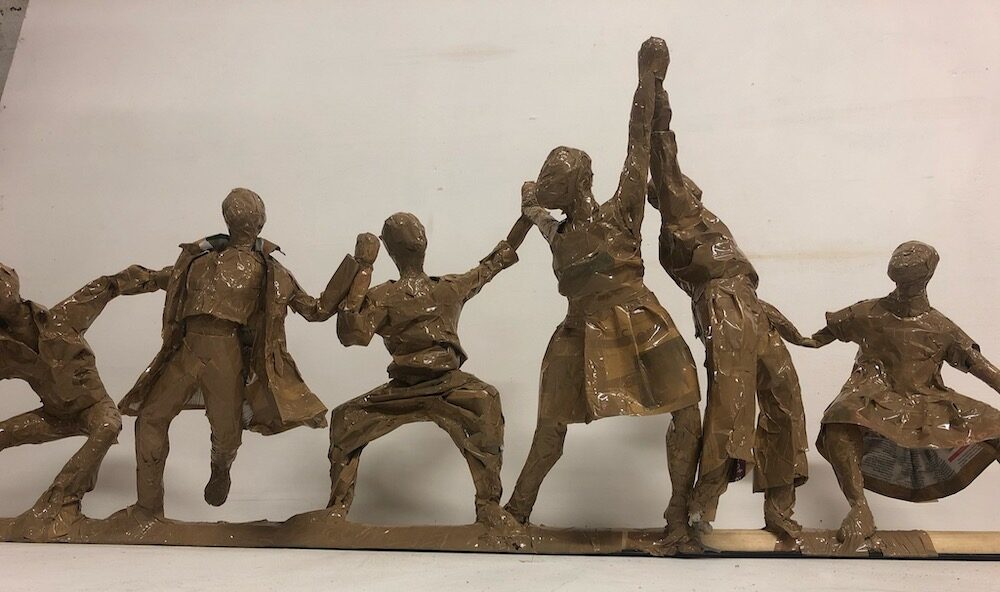
Lets Dance by Faith Bebbington 4 Close Up Of Newspaper Clothing
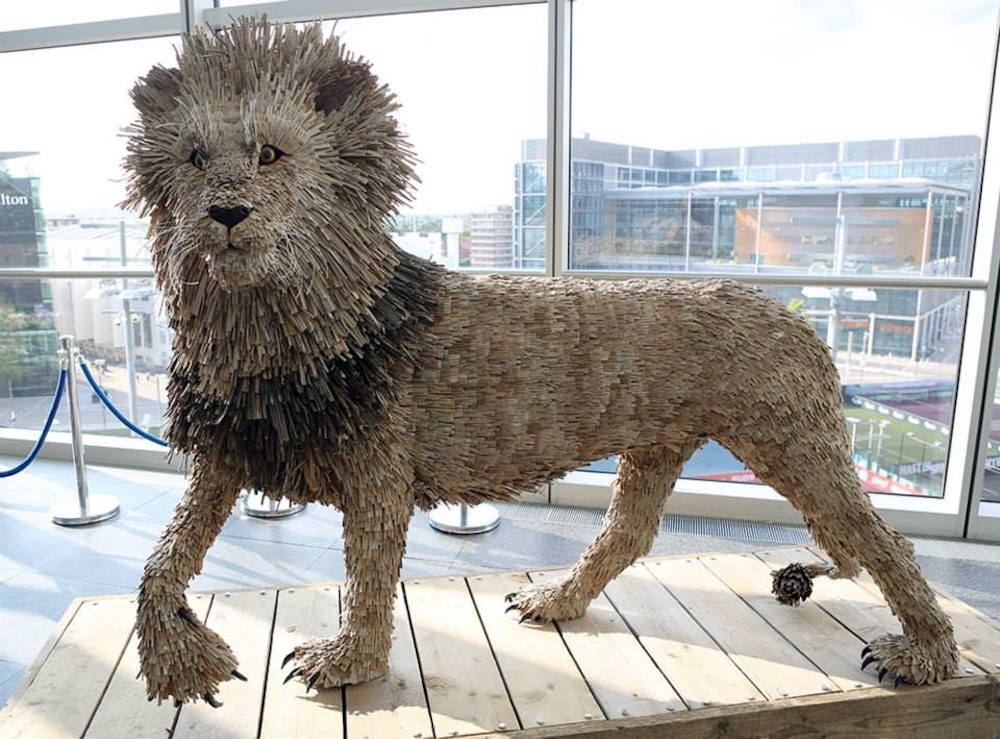
Wembley Lion (Cardboard) by Faith Bebbington
